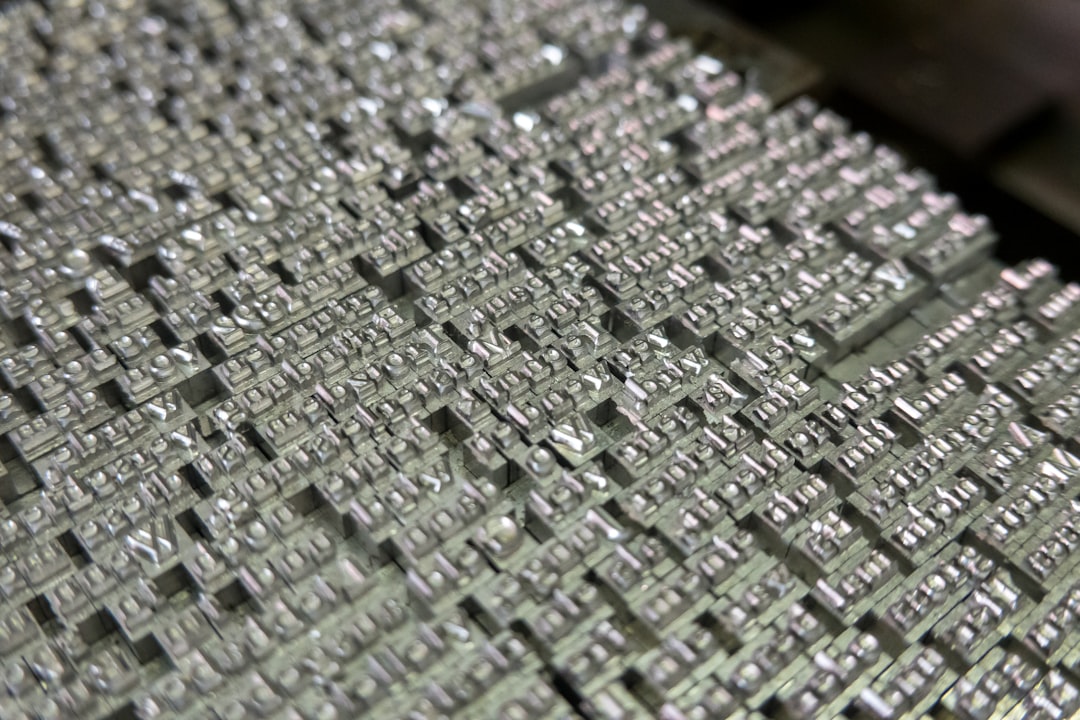Superalloy steels are a class of high-performance materials renowned for their exceptional properties at extreme temperatures and harsh environments. Their unique combination of high strength, creep resistance, corrosion resistance, and oxidation resistance makes them indispensable in a wide range of critical applications. This post delves into the fascinating world of superalloy steel, exploring its diverse uses and the reasons behind its dominance in these demanding sectors.
1. Aerospace: Reaching for the Skies with Superalloys
The aerospace industry is arguably the most significant consumer of superalloy steels. These materials are crucial for the construction of gas turbine engines, a cornerstone of modern aviation. The extreme temperatures generated during combustion within jet engines demand materials that can withstand immense heat and pressure without compromising structural integrity. Superalloys, primarily nickel-based, excel in this arena. Their ability to maintain strength and resist creep (deformation under sustained stress) at temperatures exceeding 1000°C (1832°F) is paramount to engine performance and safety. Components like turbine blades, disks, and combustor liners are routinely crafted from these high-performance alloys, ensuring efficient and reliable flight operations. Furthermore, the lightweight nature of some superalloys, relative to their strength, contributes to fuel efficiency, a key consideration in the cost-sensitive aviation industry.
2. Power Generation: Fueling the Future with Enhanced Efficiency
The energy sector also relies heavily on superalloy steels. In power generation plants, particularly those employing gas turbines for electricity production, superalloys are integral to the design and operation of key components. These components face similar extreme temperatures and stresses as those in aerospace applications, requiring materials with exceptional thermal stability and resistance to corrosion from combustion byproducts. Superalloys play a vital role in enhancing the efficiency and lifespan of gas turbines, leading to reduced operational costs and improved environmental performance. Their use contributes to the development of more sustainable and reliable power generation systems, meeting the growing global energy demands.
3. Chemical Processing: Withstanding Corrosive Environments
Beyond high-temperature applications, superalloy steels demonstrate remarkable resistance to corrosion in harsh chemical environments. Industries such as chemical processing and petrochemicals utilize superalloys in components exposed to corrosive fluids and gases. Their ability to withstand aggressive chemicals and maintain structural integrity under these conditions is critical for safe and efficient operation. Applications include reaction vessels, pumps, valves, and piping systems where material degradation could lead to equipment failure and potentially hazardous situations. The superior corrosion resistance of superalloys minimizes downtime, reduces maintenance costs, and ensures the safe handling of hazardous materials.
4. Automotive Industry: Pushing the Boundaries of Performance
While not as prevalent as in aerospace or power generation, superalloy steels are finding increasing applications within the automotive industry, particularly in high-performance vehicles. Their use in turbocharger components, such as turbine wheels and shafts, allows for higher engine efficiency and power output. The ability of superalloys to withstand the high temperatures and stresses associated with turbocharging is crucial for maximizing engine performance while maintaining reliability. As the demand for more fuel-efficient and powerful vehicles grows, the role of superalloys in the automotive sector is expected to expand.
5. Medical Implants: A Frontier in Biocompatibility
An increasingly important application of superalloys is in the realm of medical implants. Specific alloys, often modified to enhance biocompatibility, are used in the creation of orthopedic implants, such as hip and knee replacements. The exceptional strength and corrosion resistance of these alloys are vital for ensuring the long-term performance and durability of these implants within the body’s environment. Research continues to explore the potential of superalloys in other medical applications, highlighting their versatility and adaptability to diverse needs.
In conclusion, superalloy steels are indispensable materials with a broad spectrum of applications across diverse industries. Their unique combination of properties, including high strength, exceptional temperature resistance, and superior corrosion resistance, makes them critical components in high-performance systems. As technology continues to advance, the demand for these remarkable materials is only expected to grow, driving further innovation and development in their formulation and application.
SEO-Friendly Tags:
- Superalloy Steel
- Superalloy Applications
- High-Temperature Alloys
- Nickel-Based Superalloys
- Corrosion Resistant Alloys




